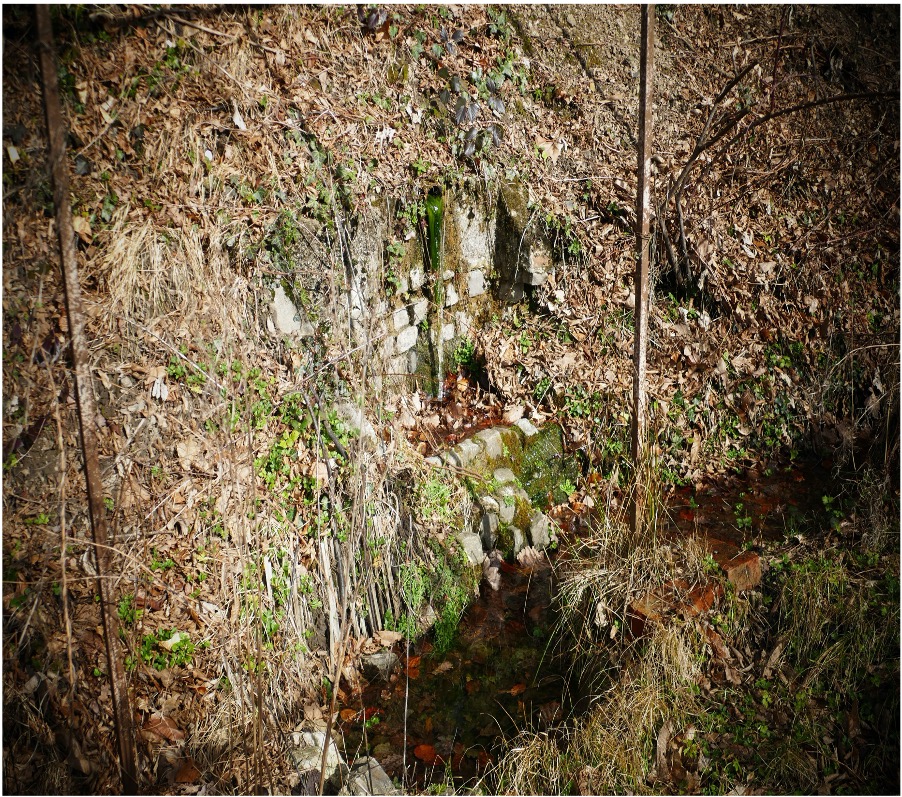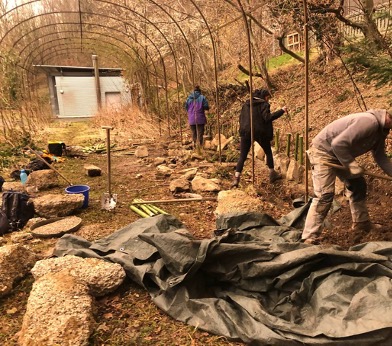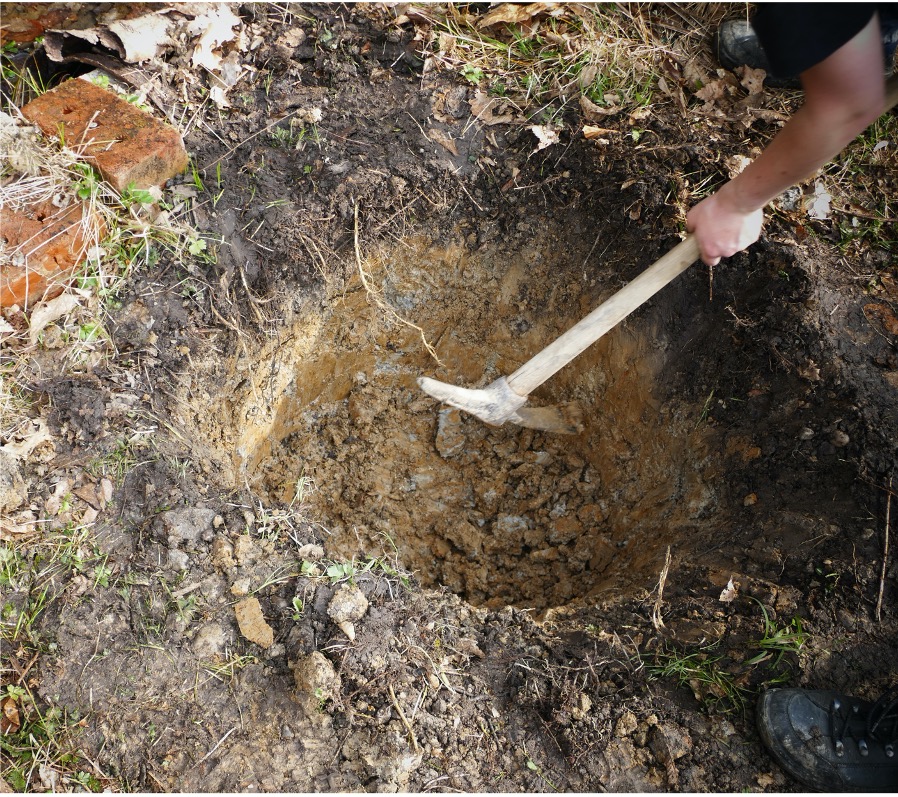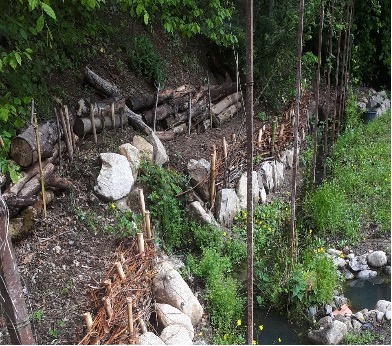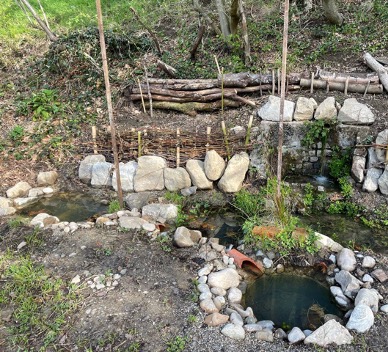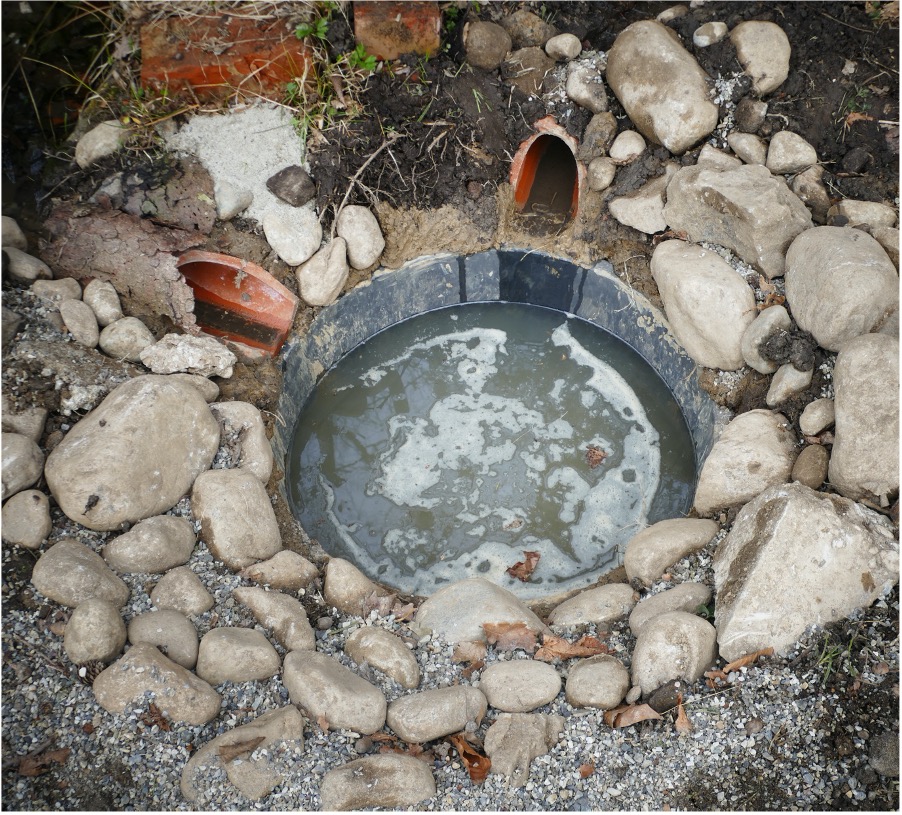Spring waters are characterized by low water temperature and high oxygen content. Many aquatic organisms depend on these conditions and suffer from fluctuating water temperatures. Prolonged dry periods and increased temperatures - the consequences of climate change, pose challenges to these habitats. Some inhabitants, such as numerous insect larvae, survive short-term fluctuations in water levels by retreating into waterlogged mud. Others, like fire salamander larvae, find this more difficult. After the female has carried the embryos for about eight to nine months, she deposits the larvae at suitable sites in the riparian area. This occurs primarily during the spring, but sometimes before winter. The gill-breathing larvae take two to three months to metamorphose. If the spring dries up within this period, most of them die. In addition, the development time to adult depends on water temperature. If this rises, they can develop faster. However, this is usually accompanied by losses in later terrestrial life. The larvae are then usually smaller, weaker and less resistant to environmental influences. In addition, clear and clean water is essential for their gill breathing.
To be able to hold water for as long as possible during dry periods, retention ponds have been sunk into the ground. They serve as a refuge in case the spring dries up prematurely. The outlet of the spring was heavily silted up by the earth material on the slope and the foliage of the surrounding trees. To reduce erosion of the slope, the slope was terraced. In addition, the drain was cleared of mud and a stream was dug. The dead wood and stones used for terracing also serve as hiding places for numerous other animals.

